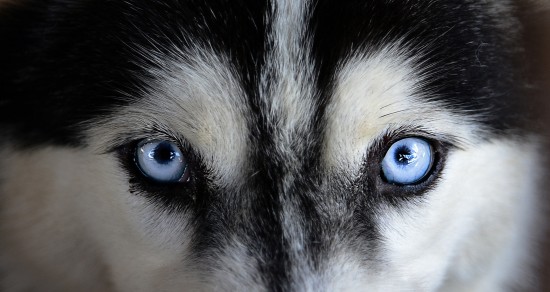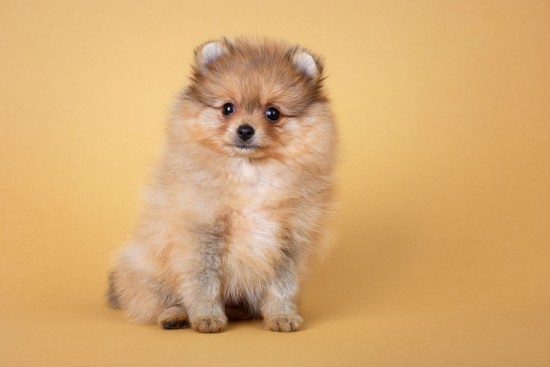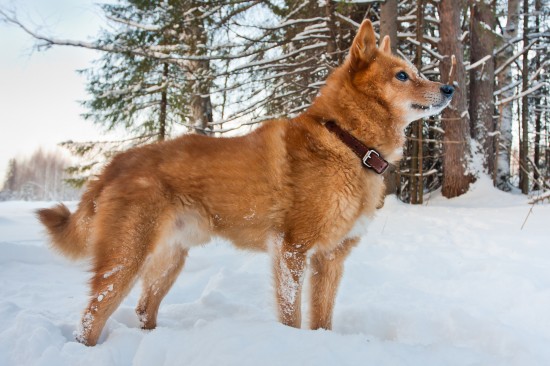
Way back in the 1820's when the Japanese began breeding Koi Fish they only came in one or two colors. They were started from carp mutations and so they were initially very limited. Then as the popularity of Koi exploded and more and more people began breeding them, gradually the variety of patterns and colors began to expand. They now come in a rainbow of colors and patterns including red, yellow, black, blue, green and White Koi.
In order to easily recognize the different varieties of Koi Fish you will need a basic understanding of the classifications the various Koi are divided into. There are different standards for each variety but a certain amount of diversity is usually acceptable. A couple stand out as the most popular varieties. Kahaku Koi is one of the most popular varieties. Another popular variation is the Hikarimono or Ogon Koi.
In the term Hikarimono the "Hikari" means metallic and the "Mono" simply means single color. So these Koi Fish are all one color but with a metallic appearance. They usually appear as Yamabuki Ogon or yellow and in white or silver and referred to as Platinum Ogon. Regardless of the color or the variety they should be the same shade of color from the head to the tips of their fins. In order to offset the plain color they have been bred to have larger fins for a better display.
Unique and popular in the world of Koi are the White Koi or Platinum Ogon, whose bodies appear to shine like the luster of precious metal. First appearing in 1963, these unique and glamourous Koi Fish were probably crossed with the Kigoi or graysh-silver Nezu(from the Japanese word "rat" or nezumi) Ogon. These have become very popular because they are easily cared for, are hardy and grow very rapidly. Standing out and easily seen in murky water they are the perfect choice for poorly filtered ponds. Nezu, Orenji and the Fuji Koi are other varieties of the Ogon Koi.
Most of the Platinum Ogon Koi are bred with what is known as Ginrin scales. The Ginrin scales make them appear even shinier, and are very different than the scales seen on the metallic or "Hikarimono". The regular scales have somewhat of a sheen on them and the Ginrin scales have a highly refective sheen over all or part of the scale. This creates a shimmering effect much like cut diamonds. In order to qualify as Ginrin they should have more of these scales than one can count as it swims past an onlooker. The accepted minimum is about 20 scales.
The large variety of colors and patterns is the main attraction for pond enthusiasts fo fill their pond with Koi Fish. Viewing directly from the top is the best way to see the Koi in all their splendor. Most of the Koi's pigment is in the top side of the fish. In Koi Fish shows in Asia the Koi are always viewed from top in round pools.
Mark Justice is a koi fish enthusiast. For more great tips onwhite-koi, visit http://www.raisingkoifish.com.
 What Causes Cholesterol Deposits In The Eye Of The Dog?
What Causes Chole
What Causes Cholesterol Deposits In The Eye Of The Dog?
What Causes Chole
 Why visit Animal Hospital in South Arlington
Why visit Animal Hospital in South Arlington
A
Why visit Animal Hospital in South Arlington
Why visit Animal Hospital in South Arlington
A
 Are You Considering Buying A Toy Dog?
Are You Consideri
Are You Considering Buying A Toy Dog?
Are You Consideri
 Keeping Your Dog Safe In The Car
Keeping Your Dog
Keeping Your Dog Safe In The Car
Keeping Your Dog
 Finnish Spitz Hereditary Health And Longevity
Finnish Spitz Her
Finnish Spitz Hereditary Health And Longevity
Finnish Spitz Her
Copyright © 2005-2016 Pet Information All Rights Reserved
Contact us: www162date@outlook.com